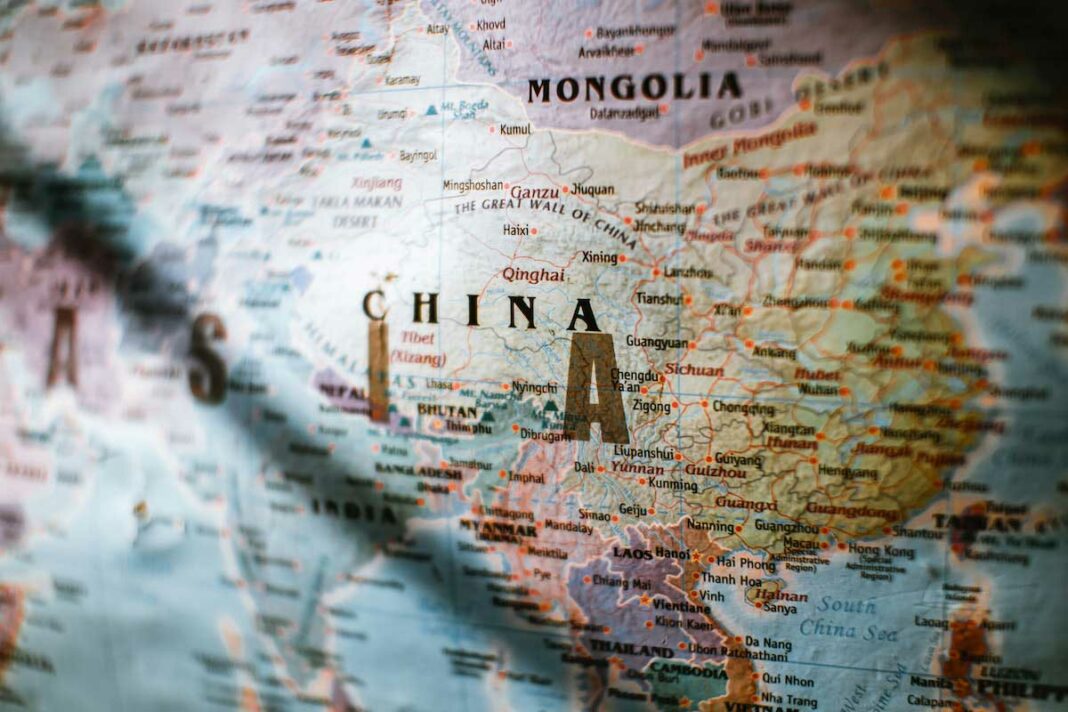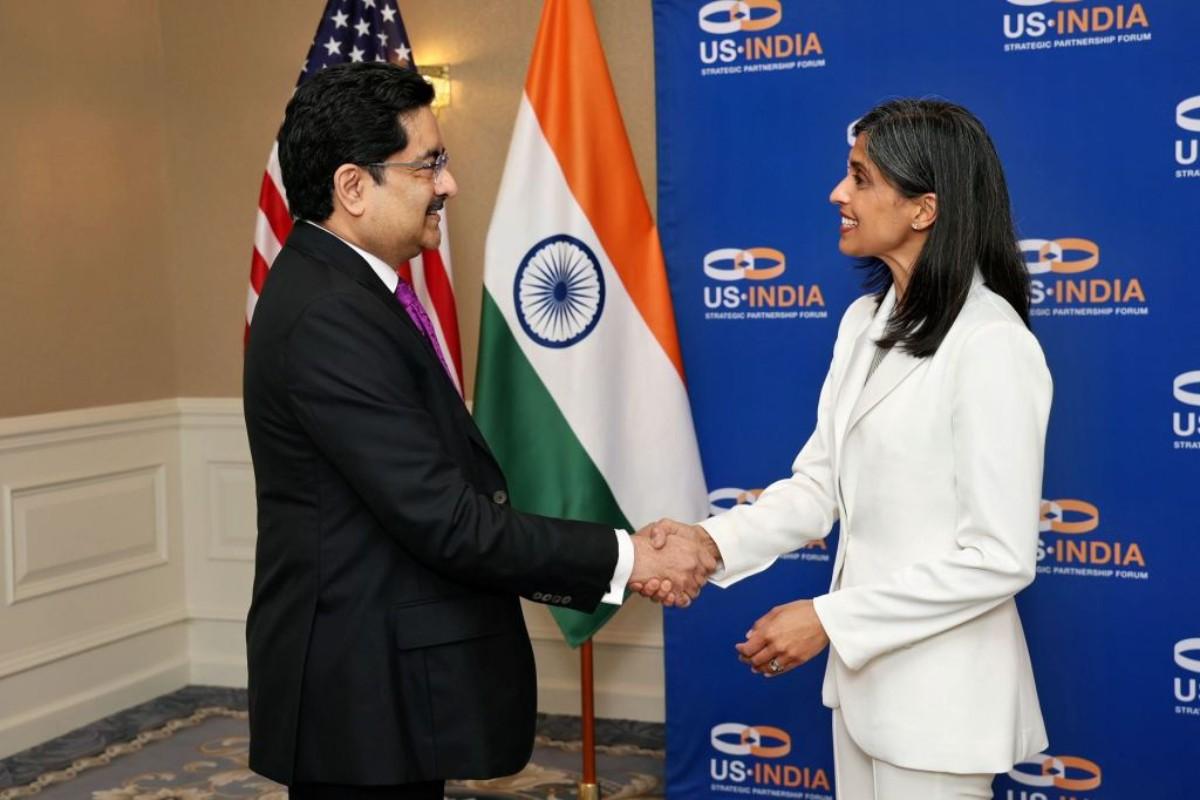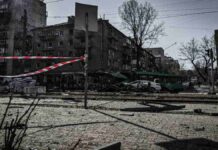The joint summit with the Central Asian States was a diplomatic milestone for Chinese President Xi Jinping. He had invited the leaders of five Central Asian states to the city of Xian for their first-ever joint summit with China. The reception, with festivities worthy of an Olympic opening ceremony, was lavish even by Chinese standards. It made official China’s foray into a region that even today is often referred to, for better or worse, as Russia’s backyard. The pomp, and the praise that Xi and his guests from Kazakhstan, Kyrgyzstan, Tajikistan, Turkmenistan, and Uzbekistan heaped on one another, led some observers to proclaim a Sino-Russian scramble for Central Asia.
In truth, Chinese and Russian power plays in Central Asia are complex and subtle. China’s clout is growing, but Beijing is nowhere near usurping Moscow as Central Asia’s true hegemon. Moreover, whatever rivalry exists is far outweighed by overlapping interests and avenues for cooperation. Russia may be perceived into the junior party in a deepening, asymmetrical partnership with China, but in Central Asia it is still the dominant power, and it is becoming more, not less, willing to coordinate with China.
If Beijing’s expanding influence in the region reveals anything, it is that Central Asian states, more than three decades after their independence from the Soviet Union, are beginning to emerge as regional political actors in their own right, rather than as the objects of clashing great-power interests and ambitions. All five countries in the region must navigate a rising China, a hegemonic Russia, and a deepening schism between these two neighbours and the West. To that end, they support Putin without fully turning their backs on the West, and they embrace China while hedging their bets with the help of Russia. Beijing and Moscow, in turn, are treading carefully, intent on accommodating both each other’s interests and those of Central Asian states.
The prevailing wisdom is that if Moscow and Beijing were to come into conflict, it would likely be over their overlapping interests in Central Asia. In this view, China is exploiting a moment of Russian weakness occasioned by its war with Ukraine, and the Xian summit is seen as its opening move.
Since the start of the war, Moscow has taken care to occasionally remind its neighbours of their place in the regional pecking order. On numerous occasions starting last summer, for example, it had temporarily shut down the Caspian oil pipeline, which runs through Russian territory and serves as a vital conduit for Kazakh oil exports to Europe. Although in most of these instances Russian authorities cited technical issues or environmental concerns of scant credibility, the stoppages often seemed to come after the Kazakh government ran afoul of the Kremlin.
Moscow has plenty more levers of influence. It is a crucial source of basic goods for Kazakhstan and Kyrgyzstan, its fellow members in the Eurasian Economic Union. Russian trade with all of Central Asia is soaring, having risen by 20 percent in 2022. When Russia temporarily banned all sugar and flour exports at the beginning of the war, it contributed to budget deficits and record-high inflation across the region. Meanwhile, Central Asians continue to move to Russia in search of employment: according to Russia’s Interior Ministry, over ten million Central Asian labour migrants arrived in 2022, two million people more than in the previous year.
Undergirding these economic ties is the deep trust that binds political elites across the region. In Central Asia, just as in Putin’s Russia, power is mostly in the hands of grey-haired men who grew up in the Soviet Union. They have known one another for decades and speak the same language, both culturally and literally, as all are fluent in Russian. The first trip for new leaders and senior officials is nearly always to Moscow. More and more often, Russian officials are returning the favour. In 2022, for the first time in ages, Putin visited all five Central Asian nations in a single year. Almost all members of Russia’s Security Council have made similar trips since the beginning of war with Ukraine, as have influential Russian business leaders.
No less persistent is Russia’s role as a model of stability. In recent years, Kazakhstan, Kyrgyzstan, and Uzbekistan have all implemented restrictive laws that closely resemble earlier Russian prototypes, from bans on “LGBT propaganda” to tightened controls on independent media and on nongovernmental organizations that partner with Western institutions.
More broadly, Russia still wields considerable soft power throughout Central Asia. Russia’s reputation may have taken a hit, but according to a recent survey by Central Asia Barometer, 27 percent of Kazakhstanis still blame Ukraine for the war (23 percent think that Russia is responsible, and half the respondents are undecided). In Kyrgyzstan, 30 percent blame Ukraine and only 19 percent consider Russia responsible.
Underestimated coordination
Like claims of waning Russian influence in Central Asia, the notion that China is angling to replace Russia as the region’s hegemonic power is inaccurate. Where the two sides disagree, Moscow has little choice but to back down and adapt. But on many issues, Chinese and Russian interests do not compete. The war in Ukraine and the deepening rift between China and the United States have brought Moscow and Beijing closer together. That interdependence extends to their relations in Central Asia.
In matters of regional security, Chinese and Russian interests and influence often complement each other. The top priority for both sides is to keep Central Asia’s current regimes in place and to keep the West—and above all, the United States—out. And far from being sidelined, Russia remains a towering presence: Kazakhstan, Kyrgyzstan, and Tajikistan all sit under its security umbrella as part of the Russian-led Collective Security Treaty Organization. Tajikistan and Kyrgyzstan also host Russian military bases and share a unified regional air defence system with Russia. Militaries in the region have close working relationships with their Russian counterparts, including access to Russian weapons at subsidized prices and joint training and education at Russian academies. Even Uzbekistan and Turkmenistan, although not members of the CSTO, have bilateral agreements with Russia that limit their ability to expand their security ties to other states. The agreements also give Russia the ability to intervene politically and militarily in Uzbek and Turkmen domestic issues—powers that Russia used when it led a CSTO “peacekeeping operation” to quell intra-elite clashes in Kazakhstan in January 2022. The episode was a forceful reminder that Moscow remains the only outside player that can use its military to prop up friendly regimes.
Unlike Russia, which views its security interests in Central Asia in terms of national security and geopolitical competition, China is content with protecting its commercial interests and making sure that developments in neighbouring countries do not endanger political stability at home. Xinjiang Province, in China’s far west, borders Kazakhstan, Kyrgyzstan, and Tajikistan, and it resembles them in culture, ethnicity, language, and religion far more than it resembles other parts of China. Ever since these nations gained independence following the breakup of the Soviet Union, Beijing has sought friendly ties with them for fear that they might otherwise inspire or foment separatism in Xinjiang.
Another concern of Beijing’s is that Central Asia could act as a bridge for jihadis from Afghanistan to join forces with Uyghur extremists in Xinjiang, especially after a suicide bomber targeted the Chinese embassy in Bishkek, the capital of Kyrgyzstan, in 2016. Going back decades, but especially since the Bishkek attack, China has conducted dozens of joint military exercises with its Central Asian counterparts and held hundreds of high-level meetings with their military and intelligence agencies. It has also scaled up cooperation on military technology, participated in multiple exchange programs connecting Central Asian officers with Chinese military universities, and conducted regular joint border patrols.
Over the course of these exchanges, Central Asia has emerged as a testing ground for security instruments that Beijing has yet to use elsewhere. In Kyrgyzstan, for instance, it has pioneered the practice of deploying private security companies to guard Chinese investment projects. Another such experiment has been to dispatch Chinese paramilitary police units to patrol and police foreign borders: Since 2018, China has set up two such bases on the Tajik-Afghan border, acting as a force multiplier for Tajik authorities. Although the first of these bases came as a surprise and an irritant to the Kremlin, the second one, built in 2021, drew no such objections. It seems that Moscow has come to view China’s gradually growing security presence not as a competitive challenge but as an opportunity for burden sharing.
A Growing Partnership
Russia’s positive approach about the Chinese bases in Tajikistan points to a broader shift: China’s rise as a dominant player in countries along its border—at this point an inevitable outcome—is happening not against Russia’s will but at a time when ties between the two countries are deepening. Even if there is cause for competition in Central Asia, both Moscow and Beijing see friendly bilateral relations as a priority, especially amid their increasing confrontation with the West.
The Central Asian states themselves are landlocked countries wedged between two increasingly aligned great powers. They have nothing to gain from replacing near-total dependence on Russia with near-total dependence on China. All of them are trying to diversify their ties to the outside world, and in that respect, both Russia and China are equally important to them.
Down the line, the Sino-Russian power asymmetry could of course grow lopsided enough for Chinese leaders to interfere in Central Asian politics with little need for the Kremlin’s consent or aid. The potential for cooperation remains far greater than the risk of conflict—and Central Asia a place where the Chinese-Russian cooperation strengthens rather than weakens.
Also Read:
- 5 Trends Shaping Mergers And Acquisitions in Indian Aviation Industry
- Justice on Trial: Money, Power, and the Erosion of Indian Judicial Integrity
- Vi launches 5G in Bengaluru
- Students’ Dream of Foreign Education Will Now Be Fulfilled in India – CM Devendra Fadnavis
- Kumar Mangalam Birla Receives Global Leadership Award from USISPF
- Top 5 Smart Investments to Consider in Next 5 Years

























